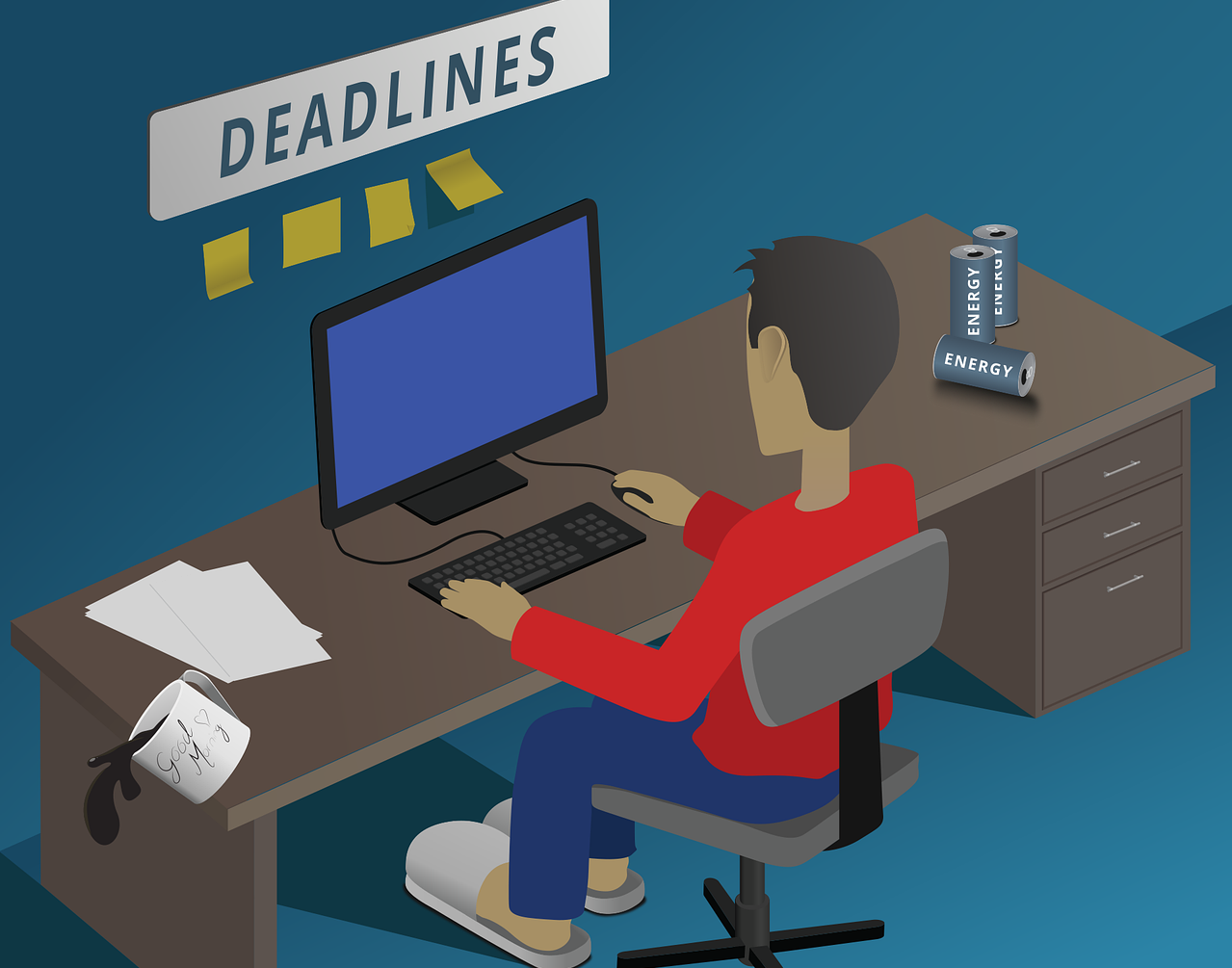While many considerations are given to physical safety in the workplace, it is only recently that the focus has turned to mental health and the significant impact it can have on the workforce’s ability to conduct its duties effectively. Issues around mental health in the UK cost businesses £35 billion per year, and cultural issues around ‘presenteeism’ are seeing workers fail to admit to mental health issues, resulting in poor health and reduced productivity.
 Here, The British Safety Council provides a number of ways in which businesses can minimise the impact of fatigue in the workplace.
Here, The British Safety Council provides a number of ways in which businesses can minimise the impact of fatigue in the workplace.
What causes fatigue?
The reasons for stress and fatigue are varied and can be different for every individual worker, but generally, it is the consequence of a lack of sleep and sustained periods of stress or anxiety. As a result, industries that are based on shift work are more likely to see higher rates of fatigue in their workforce.
Construction is an excellent example. A survey of workers in the construction industry found that 86% of respondents worked more hours than the national average. Coupling physical work with long hours, irregular shift patterns and a hazardous working environment is a breeding ground for fatigue and an inevitable increase in accidents and injury. It is not just high-risk workplaces where fatigue is a major concern. Office-based workers who are struggling with stress and a lack of sleep are more likely to take more sick days and be less productive when they are in the office.
Fatigue does not only adversely affect productivity, but can also increase the risk of serious accidents or injuries outside of work. In the UK it is estimated that the reduction in reaction time and alertness caused by fatigue makes it a contributing factor to almost a quarter of serious accidents on the road.
Policy changes
Attitudes towards wellbeing in the workplace are changing, but there is still a lot that can be done to improve the culture around discussing mental health challenges and supporting individuals. 86% of workers don’t feel confident raising their fatigue with their manager, despite the impact it could be having on their performance.
‘Presenteeism’, or coming to work in spite of ill health, is a trend that demonstrates how staff feel that attendance is prioritised over the value of the work they do. Simply being at their desk at every minute of the working day is not going to be conducive to improving productivity. Rather, staff should be encouraged to take regular breaks, use all their available holiday allowance and spend lunch breaks away from their desks. This will mean that when they are in work, they are more likely to be relaxed, happy, and focused – getting the most out of their time.
The natural body clock should also be taken into consideration when planning schedules. Circadian rhythms dictate that dips in focus tend to occur twice a day – 1-3 am and 1-3 pm. These are likely to be the least productive periods of the day and should be avoided when planning tasks that require high levels of focus and concentration.
Shift planning should be adjusted to give staff the best opportunity to build a routine that allows for regular sleep patterns. This can be done by ensuring rotas progress through a cycle of the day, evening, and night in a consistent order. While overtime is often required, the amount should be kept to a minimum and should not be encouraged in the company culture, as tiredness can make these additional hours less productive than if they were performed by someone who was well-rested.
Environmental changes
Fatigue is often the result of several factors and so making little changes to the working environment could have a positive effect. It might not seem a lot, but with so many hours being spent in the same location, little adjustments can have a significant impact.
To ensure the team are as happy and comfortable as possible, lighting is an essential consideration. For workers who spend more than six hours per day looking at screens, poor lighting could result in eye strain, tiredness and a reduction in focus that could accumulate into a larger issue over time. Hours in front of screens can have extremely negative effects, with one study estimating that 58% of people who work on computers suffer from computer vision syndrome. Other environmental adjustments could include ensuring the space is a comfortable temperature and that loud noise is kept to a minimum.
Talk about it
One of the biggest roadblocks to improved mental health is communication. The changes detailed above should be supported with opportunities for discussions to identify concerns and encourage engagement with the new policies.
For a long time, health and safety have been considered a dirty word in the workplace, as changes are implemented with little explanation, staff may not notice improvements and consider it to be just another layer of bureaucracy to deal with. To solve this, active participation should be encouraged. By involving staff in health and safety training will help to improve their knowledge, but also demonstrate that their wellbeing is a priority for the company.
Fatigue is not exclusively a work-related issue and there are many external factors that could accumulate, but if the working environment is actively supporting individuals, the impact of fatigue and other mental health issues can be reduced to the benefit of everyone.
More HR and staff management and mental health and wellbeing.


Follow Company Bug